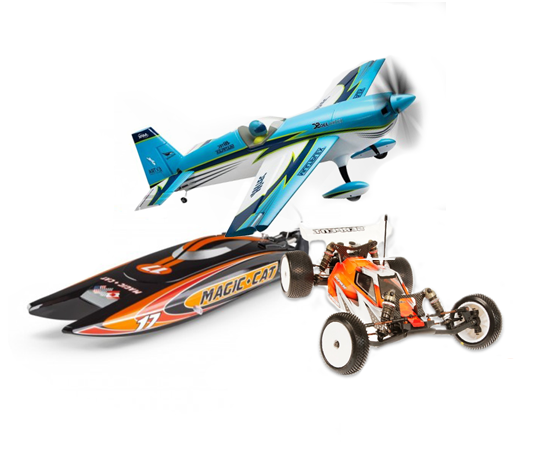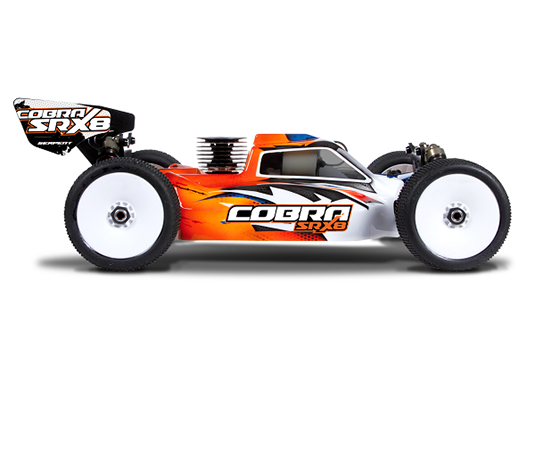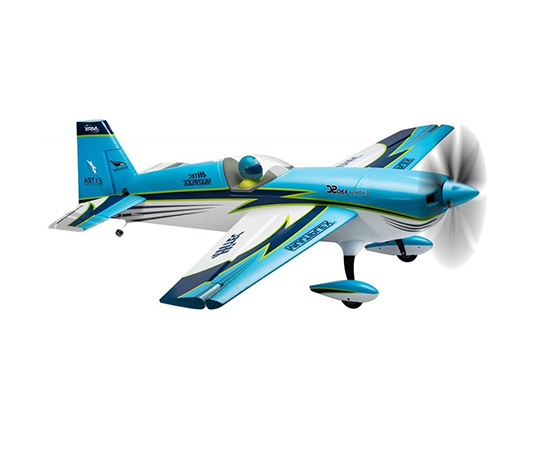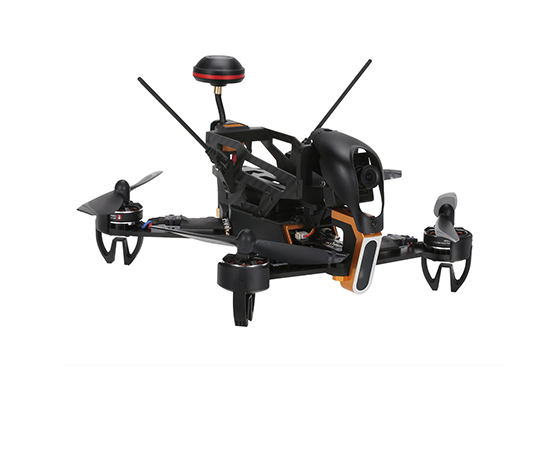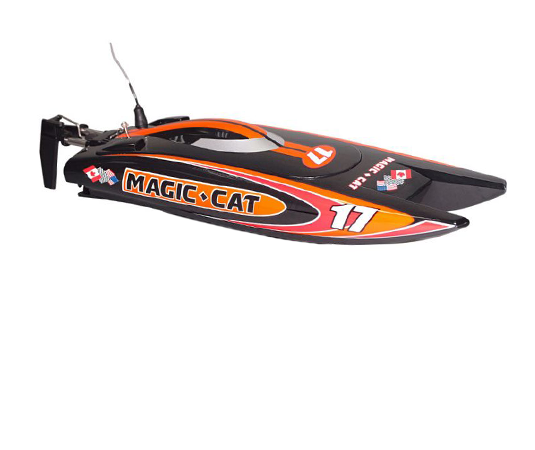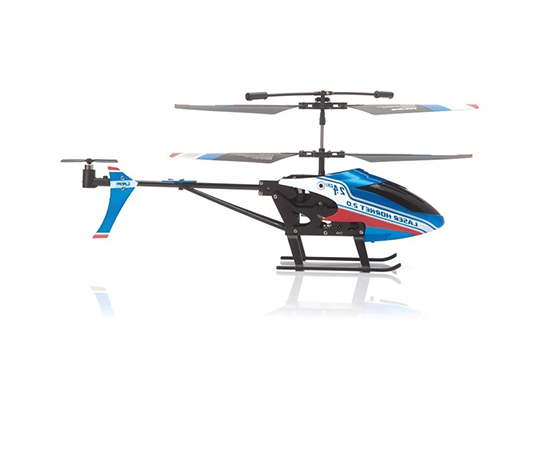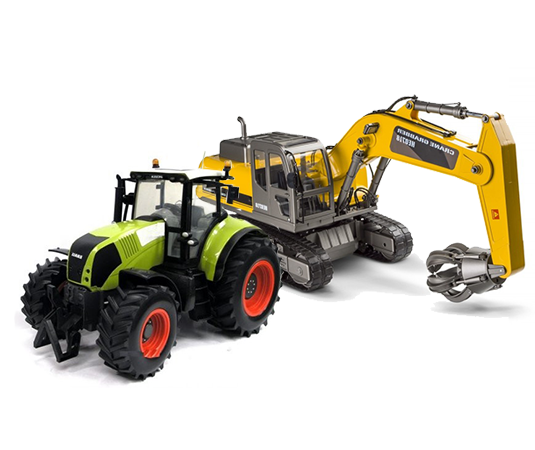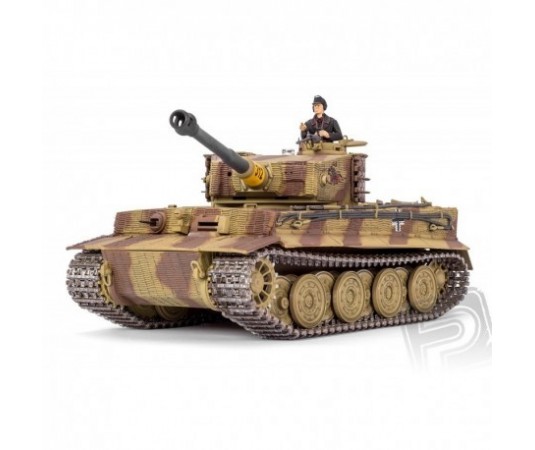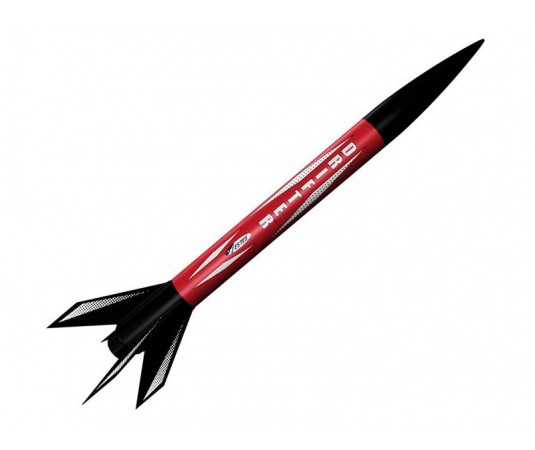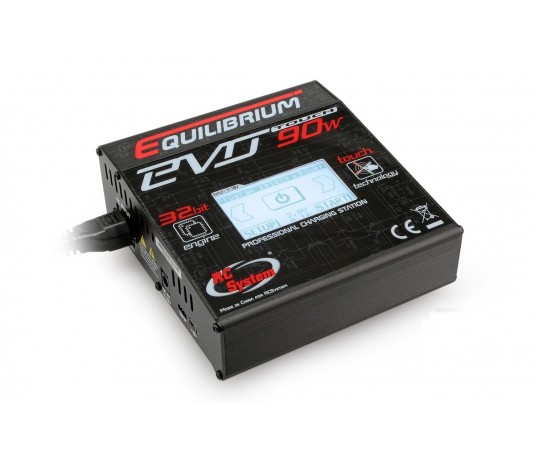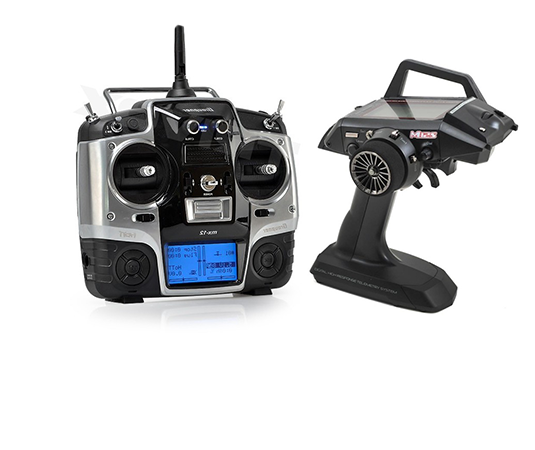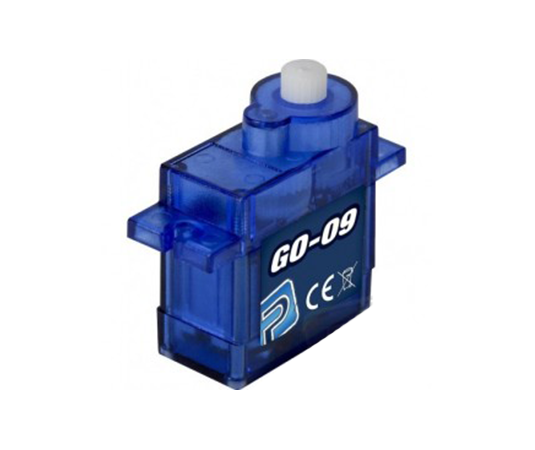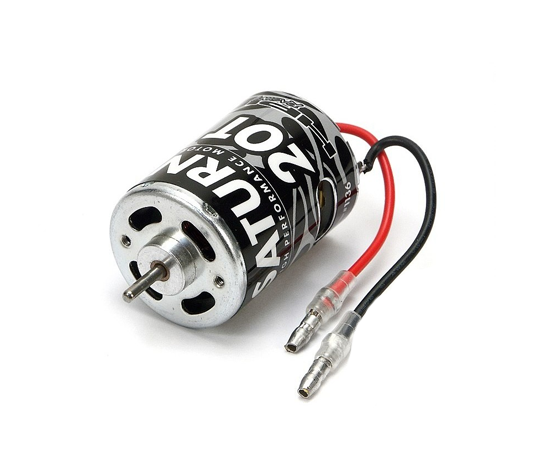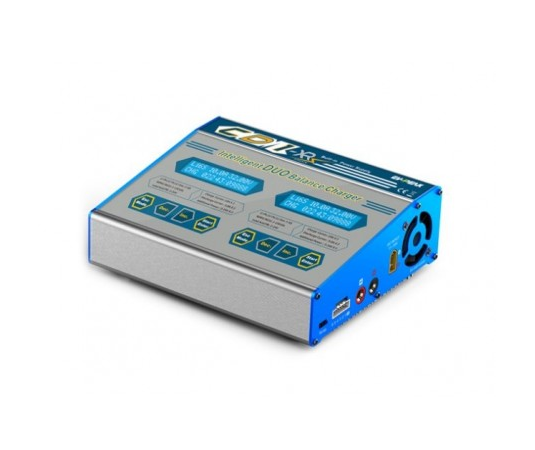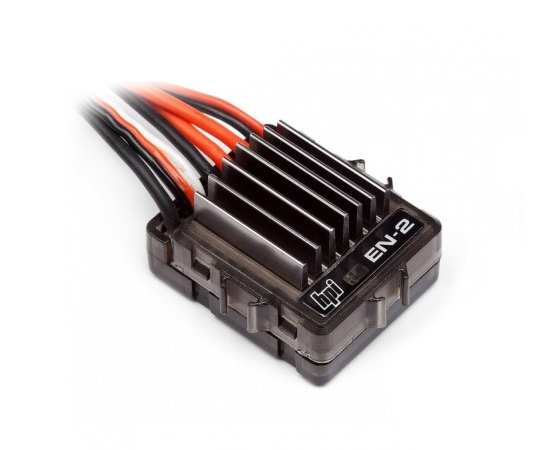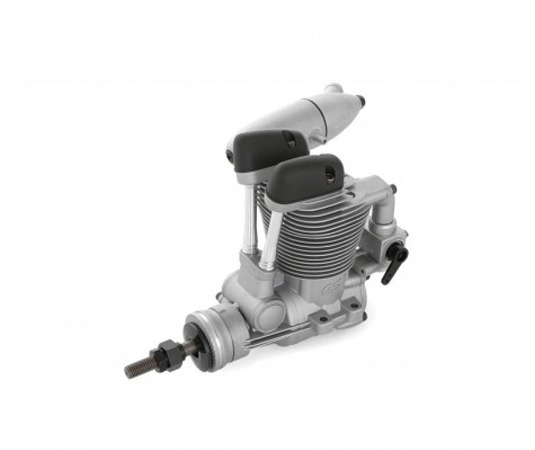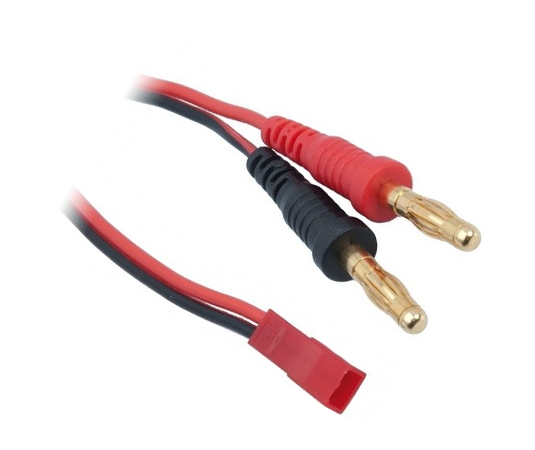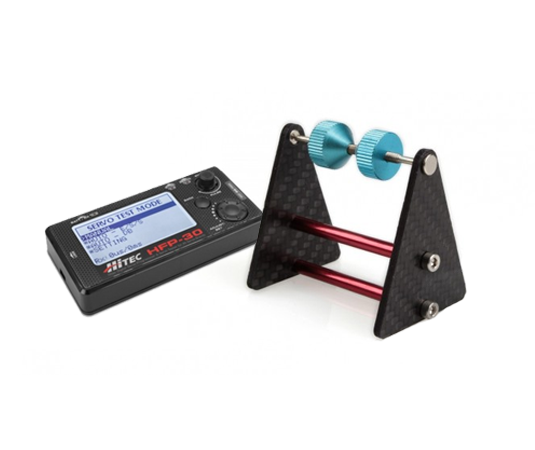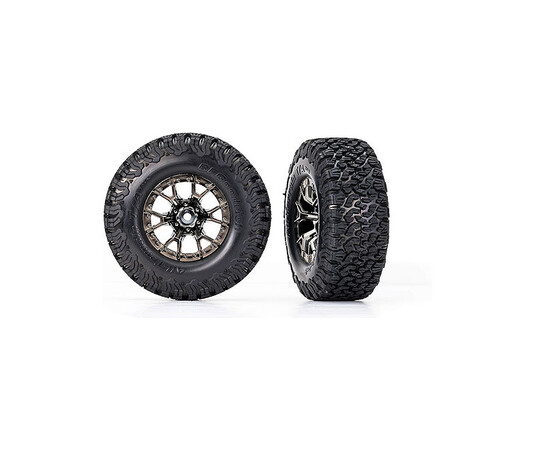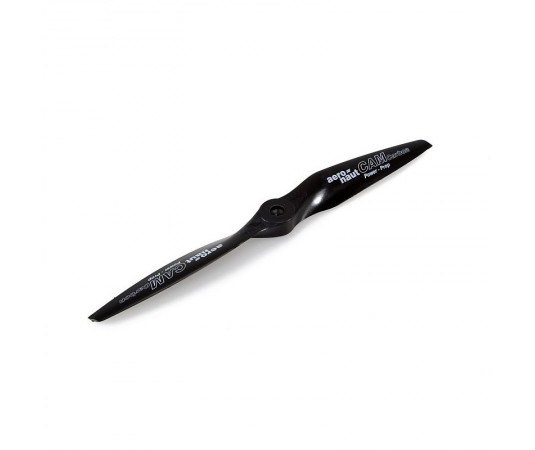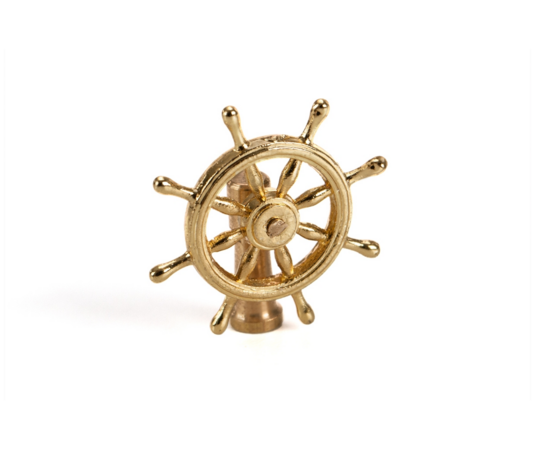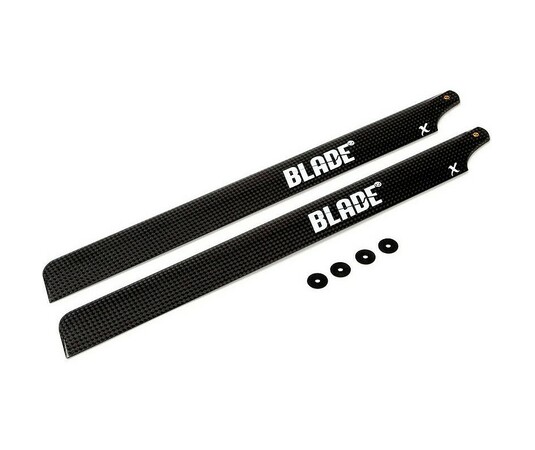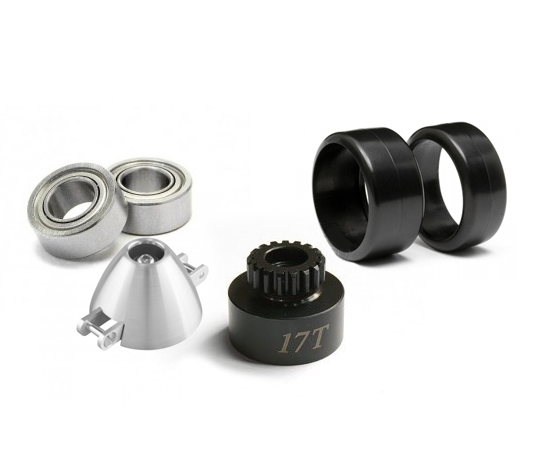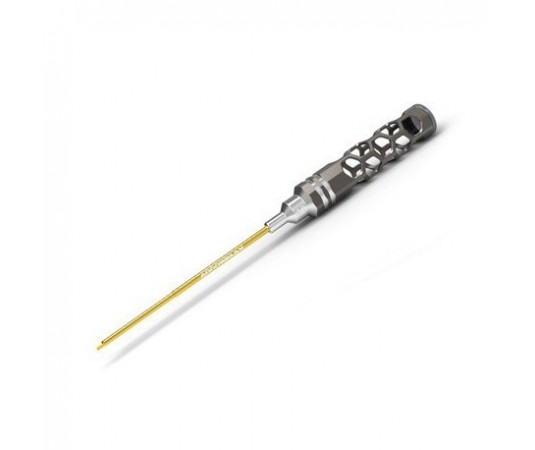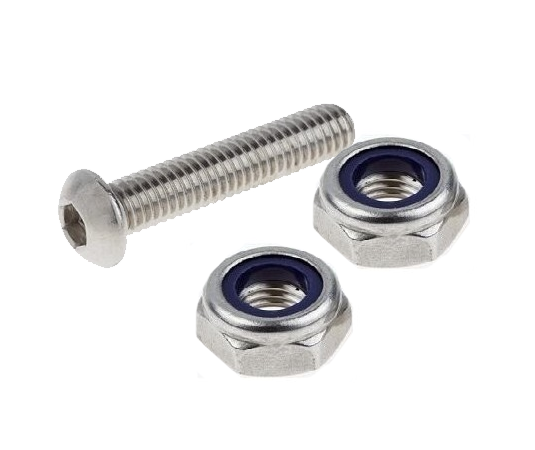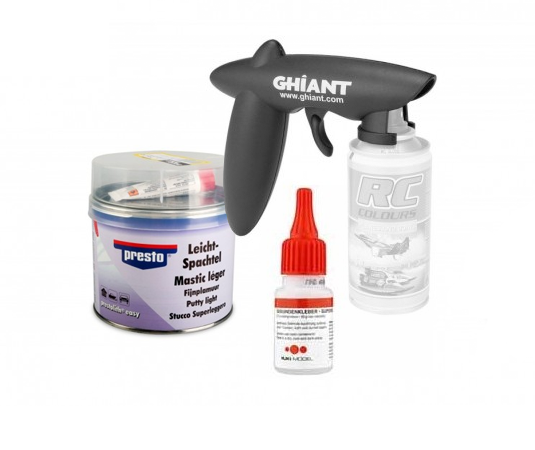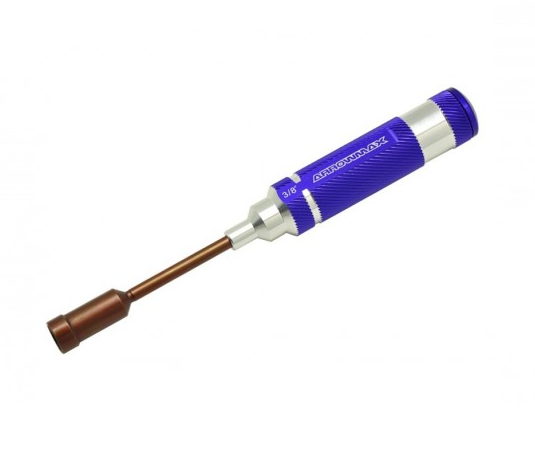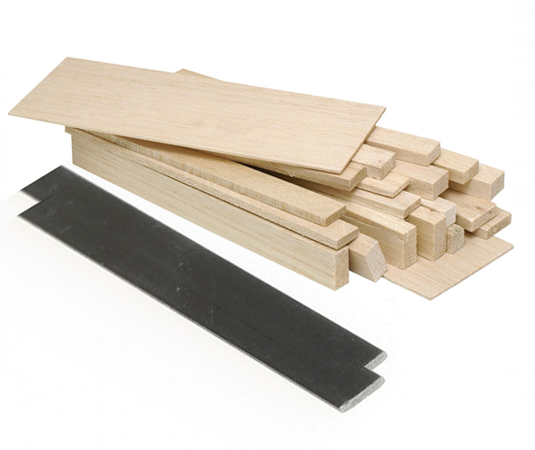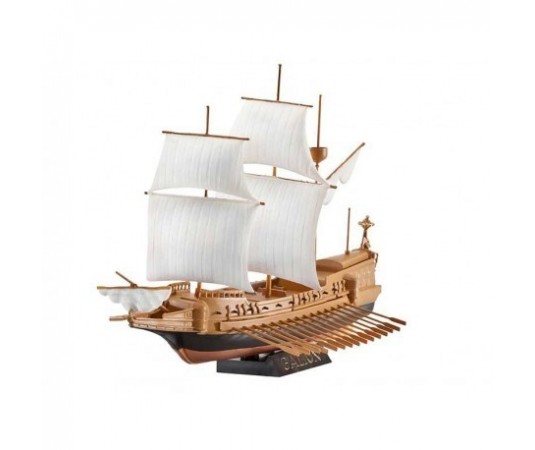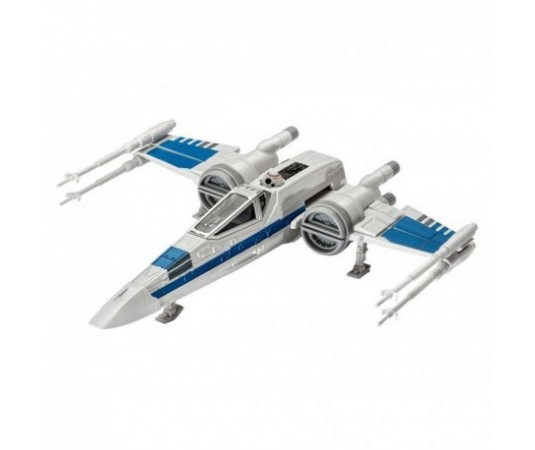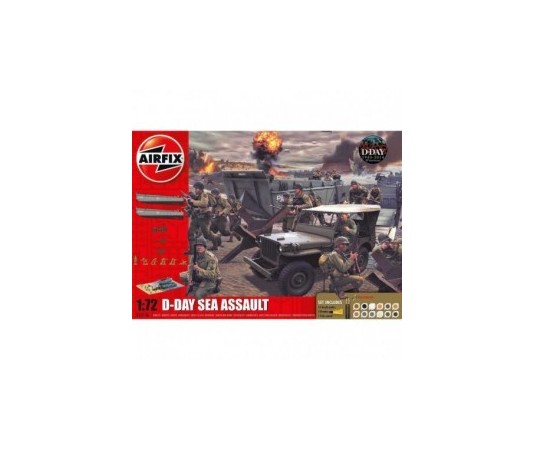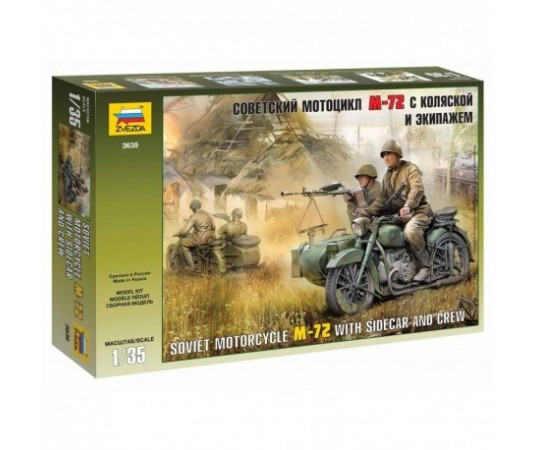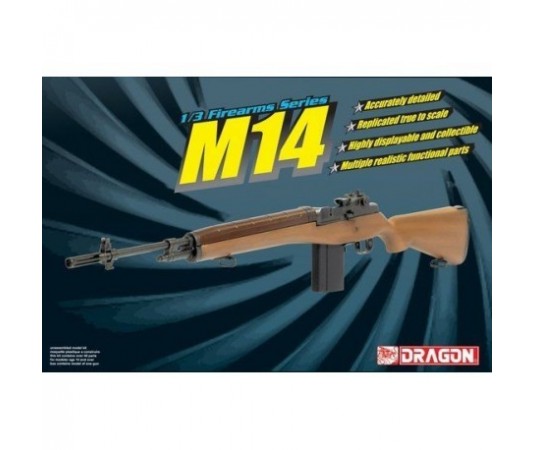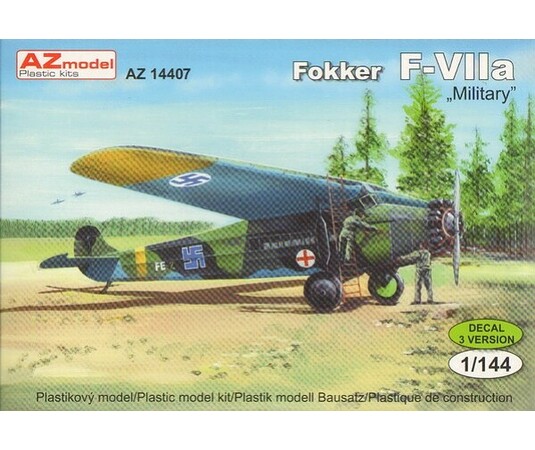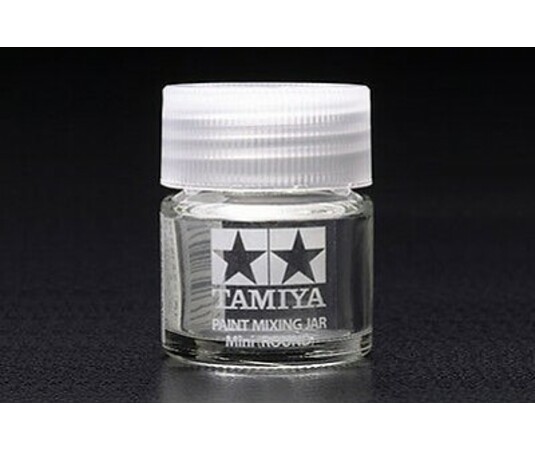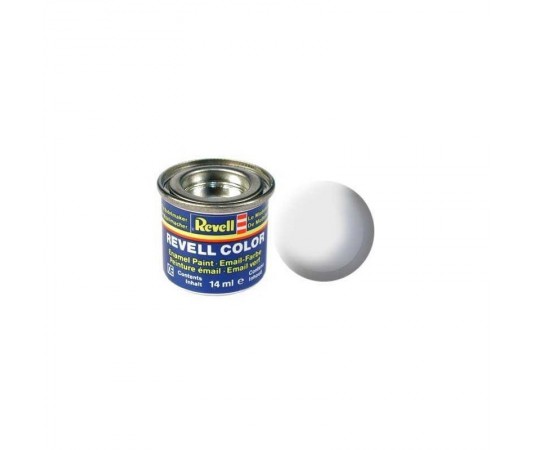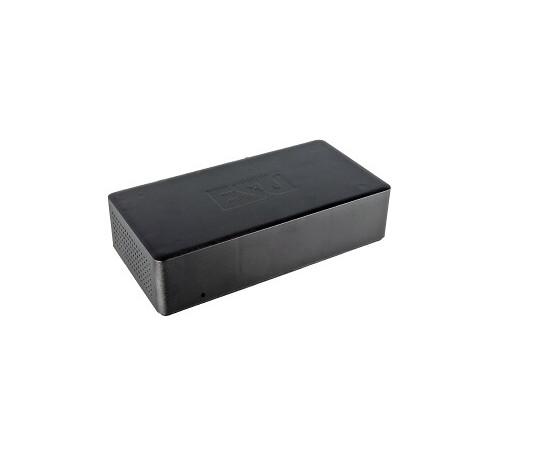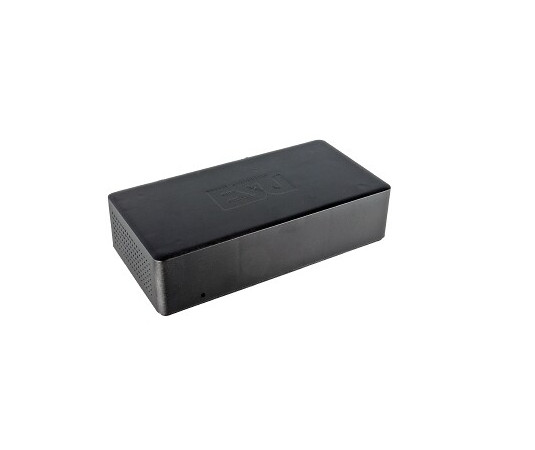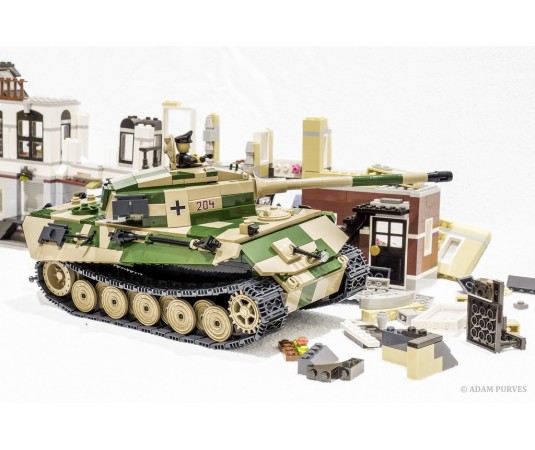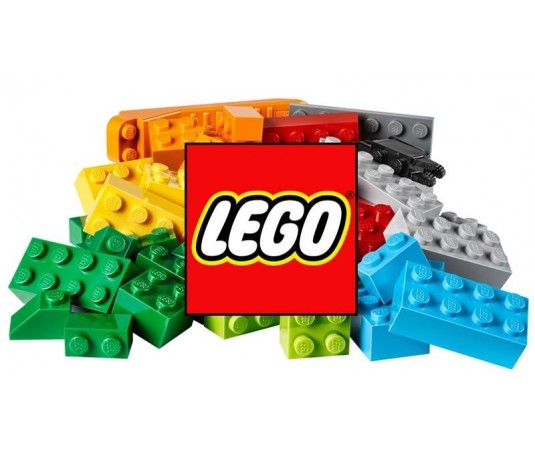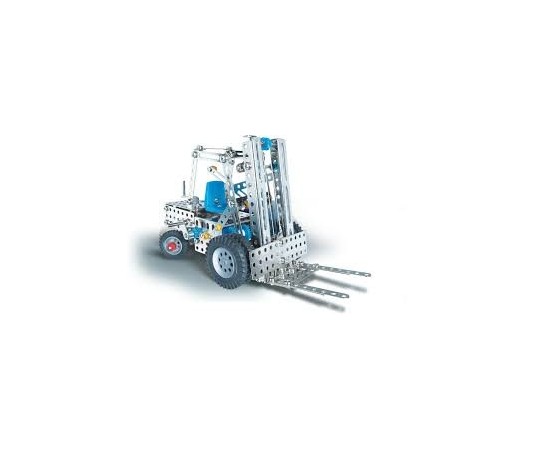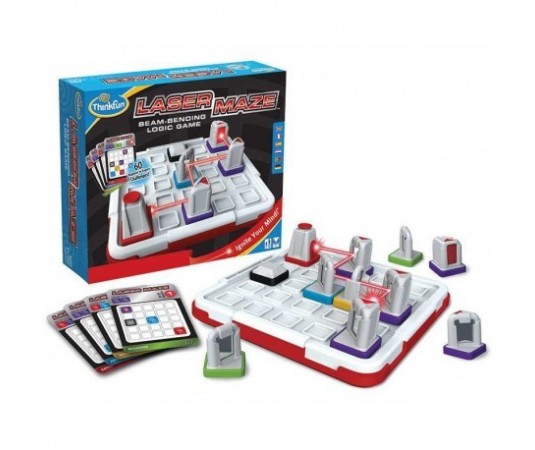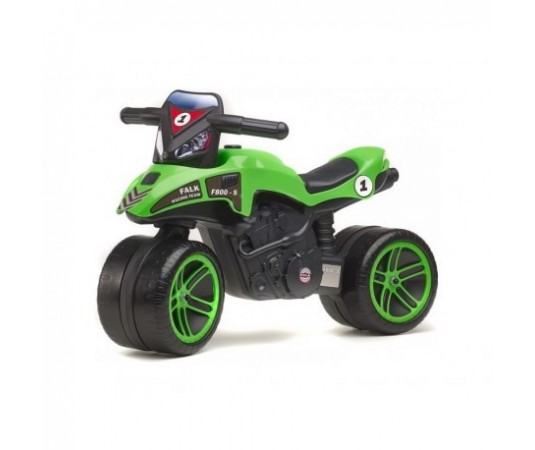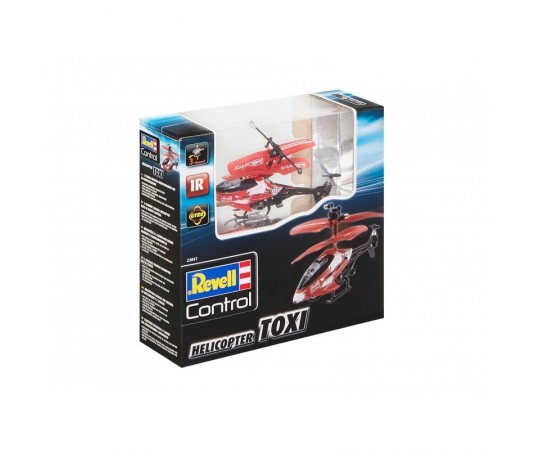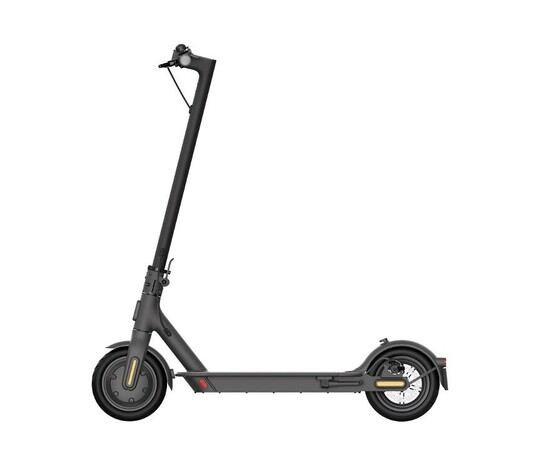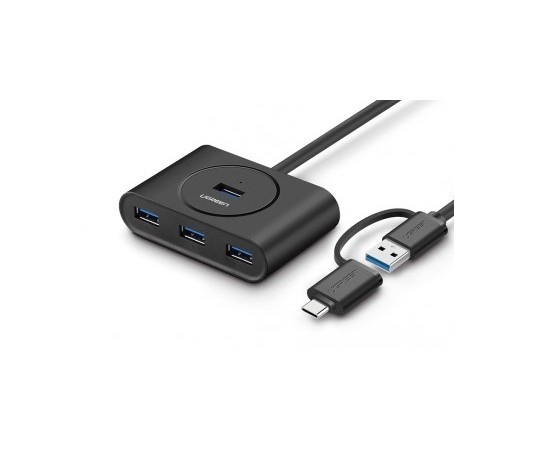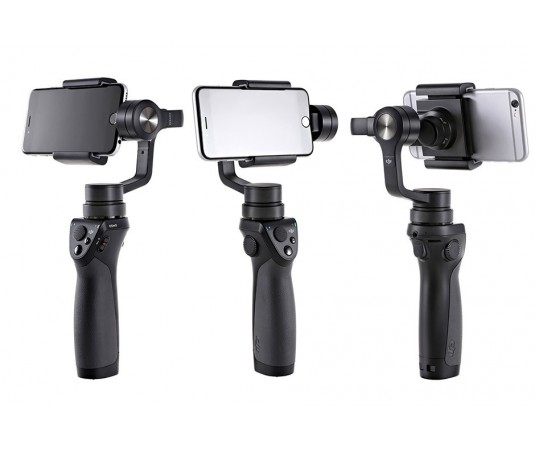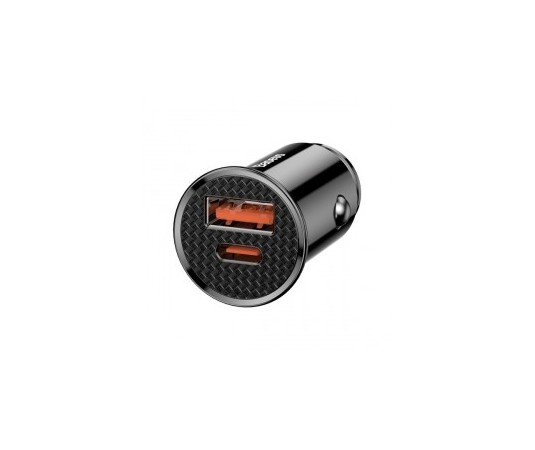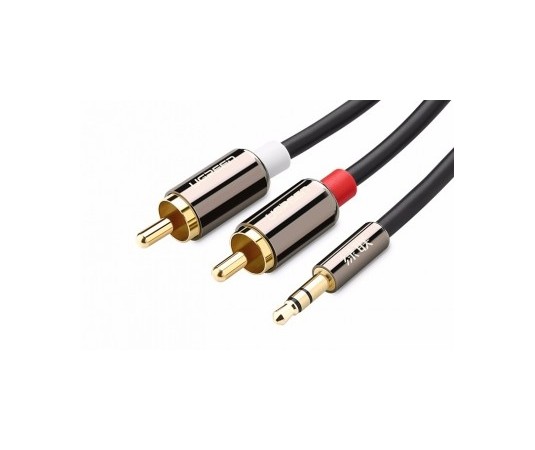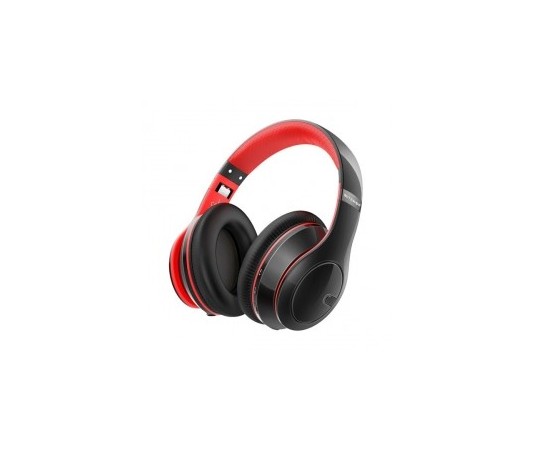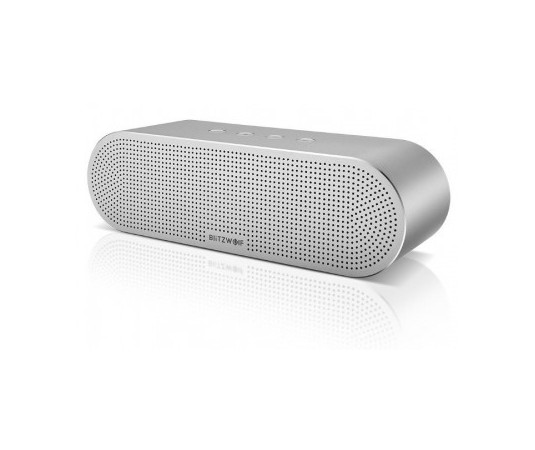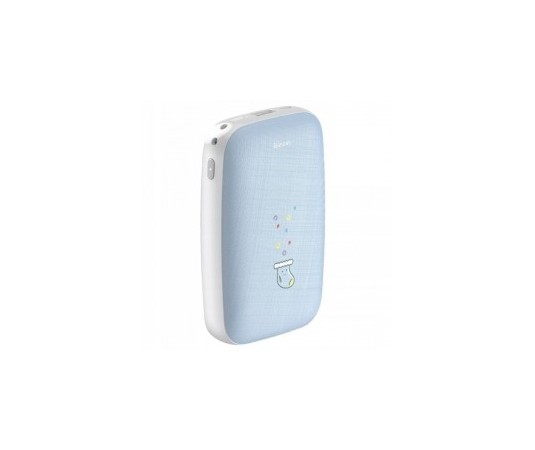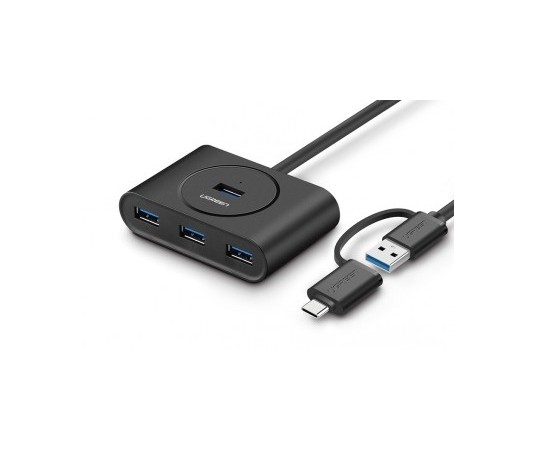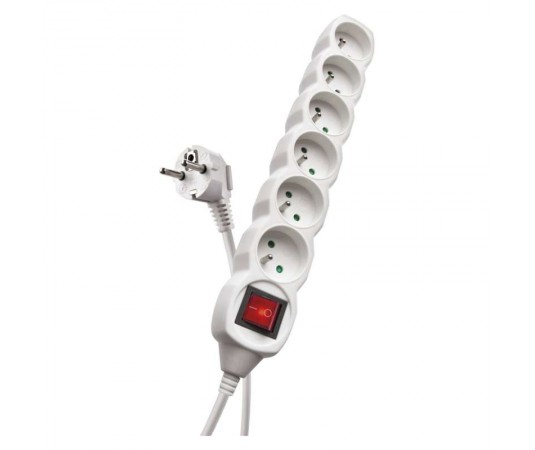Futaba BLS-A600 (6.7kg 0.09s/60°)

Express delivery

Large selection of carriers

Satisfaction guarantee
Very powerful and fast programmable digital S.BUS2/S.BUS microservo with metal gears and output shaft mounted in two ball bearings, ideal especially for gliders and electric planes and other applications requiring high thrust and speed with small dimensions and weight.
You can connect the BLS-A600 to the S.BUS 2 (serial bus with bidirectional communication) or S.BUS (serial bus with unidirectional communication) outputs of the receivers, or it can function as a classic servo connected to the channel (PWM) output of the receiver.
Using the CIU-3 USB interface and the S-Link PC program or a Futaba transmitter equipped with the S.BUS servo setting function, you can program a wide range of servo parameters (speed, deflection size, neutral, overload protection, soft start, etc.). Setting the channel for operation on the S.BUS2/S.BUS bus is only possible with the transmitter.
Increased supply voltage 6.0-7.4V V (nominal), operating voltage range 4.0-8.4 V.
What is S.BUS2/S.BUS?
- S.BUS – Futaba serial bus with unidirectional communication allowing control of servos, controllers, switches, gyroscopes and other compatible RC devices connected to a single S.BUS output port of the receiver.
- S.BUS2 – Futaba's serial bus for bidirectional communication allows (like S.BUS) control of servos, speed controllers, switches, gyros and other compatible RC devices connected to a single S.BUS2 output/input port of the receiver. In addition, it allows telemetry sensors to be connected and data from them to be transmitted through the receiver for display on the transmitter; from some S.BUS2 servos, it can transmit information about operating current, temperature or servo output lever angle to the transmitter.
Unlike conventional RC kits, the S.BUS(2) system uses serial data communication to transmit control signals from the receiver to servos, gyros or other devices. This data includes commands such as “move servo channel 3 to 15 degrees, move servo channel 5 to 30 degrees” for multiple devices. S.BUS(2) devices only execute commands that are specific to their own set channel. This allows multiple servos to be connected to the same signal cable, while still being able to be set and controlled individually as needed. This is done using the servo identification code (ID). The ID can be found on the sticker on the servo box.
The S.BUS2 servo can be connected to both the S.BUS2 and S.BUS ports of the receiver. Its function is determined by setting the channel in the servo memory (this is done using the Futaba transmitter programming interface, the SBC-1 programmer or the CIU-3 USB interface with the S-Link PC program - for some servos the channel can only be set using the transmitter).
An S.BUS2 servo connected to a channel output of a classic receiver (PWM) functions like a classic servo. Its movement is determined by the signal in the receiver channel to which it is connected. The settings of the programmable servo functions remain valid.
| Servo size | Micro |
| Servo type | Digital |
| Thrust at 6.6 V [kg•cm] | 6 |
| Speed at 6.6 V [s/60deg.] | 0.1 |
| Thrust at 7.4 V [kg•cm] | 6.6 |
| Speed at 7.4 V [s/60deg.] | 0.09 |
| Servo transmissions | Metal |
| Ball bearings | 2× |
| High voltage | Yes |
| Power supply [V] | 4 - 8.4 |
| Length [mm] | 27.2 |
| Width [mm] | 13 |
| Height [mm] | 30.5 |
| Weight [g] | 28 |
| Designed for | Airplanes,Helicopters,Boats |
| S.BUS | Yes |
| S.BUS2 | Yes |


